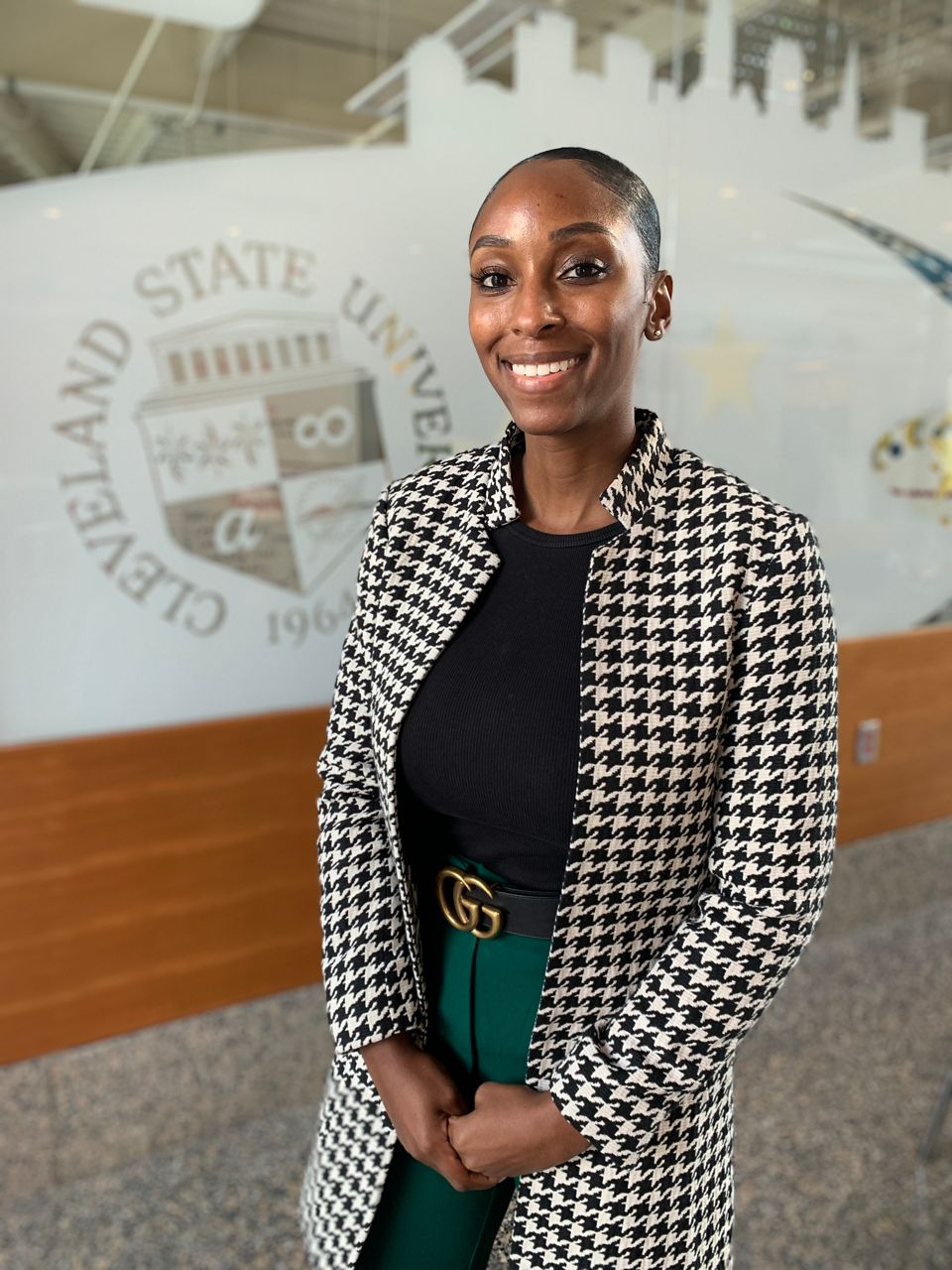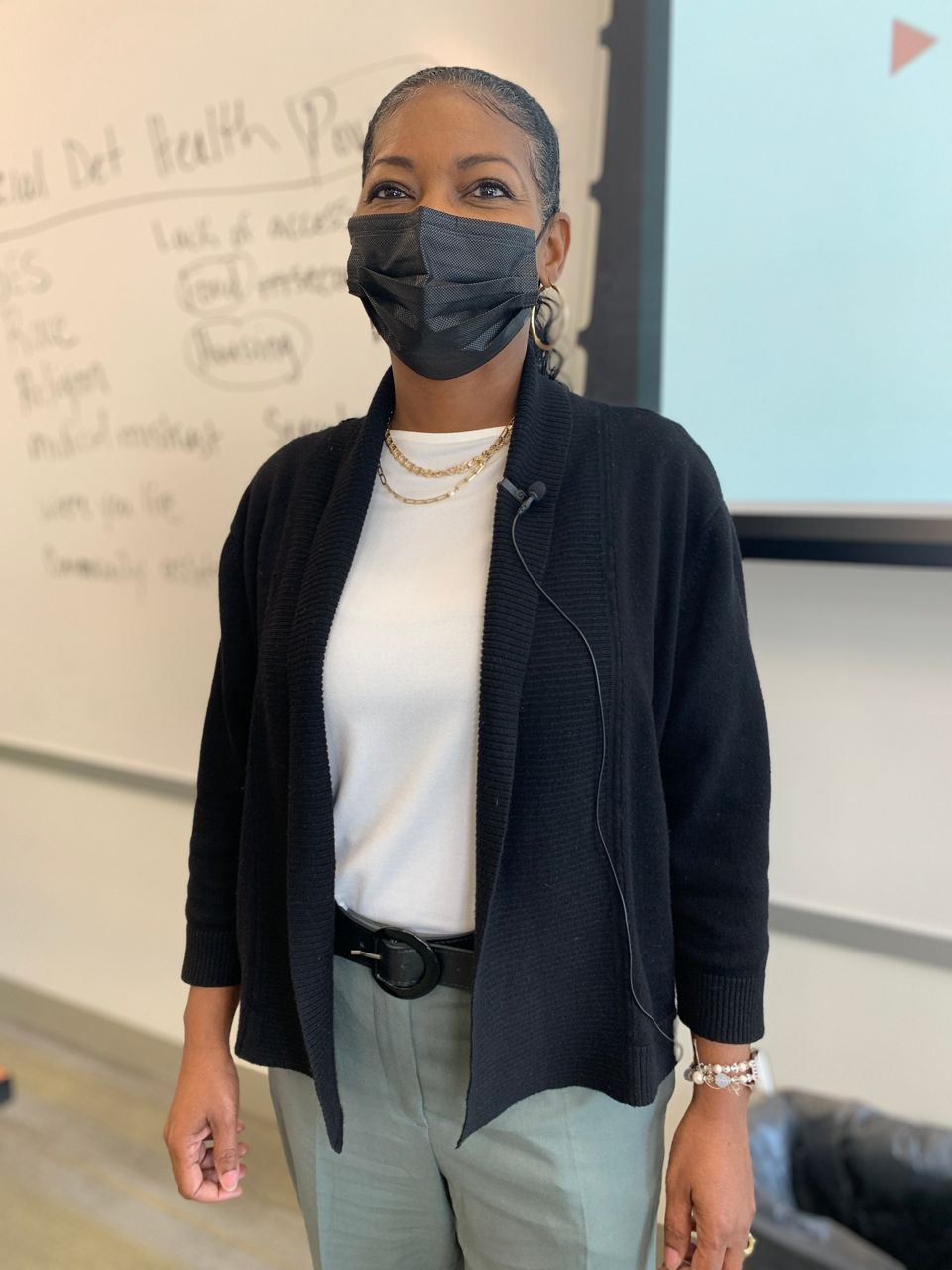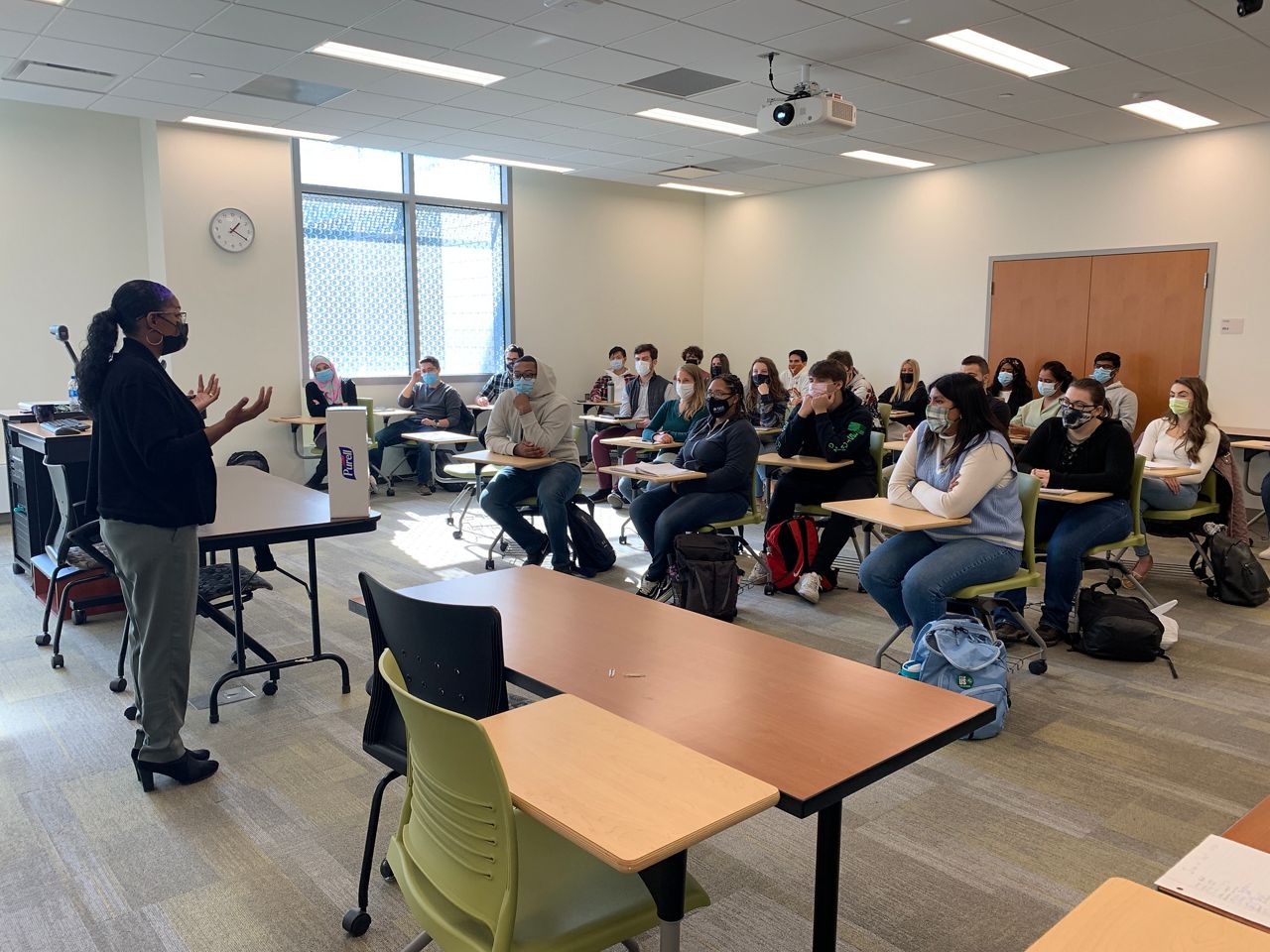CLEVELAND — Brittany Taylor is working to become a doctor. Her goal is to be a Trauma Orthopedic Surgeon.
“I'm one person, but if I could literally change the entire world right now, seriously, I would and anyone who knows me knows that I take a lot of steps to work towards doing that,” said Taylor, a post-baccalaureate student at Cleveland State University.

But her journey to where she is now hasn’t been easy. She’s one of seven children and became a mother at the age of 16. She knows what it's like to struggle to make ends meet. She joined the Navy in 2015 and was sent to incredibly poor communities around the world. That background is where her passion for equitable healthcare began.
“Even though I might not be from a third-world country, it's really no different than the underserved communities that I come from. I want to contribute in making sure that everyone has access to and everyone can get the same type of care all around,” said Taylor. “Whenever you get out of the situation, as extremely difficult to climb up out of, how could you not go back and contribute to the very thing that, whether it held you down or maybe gave me motivation and boosted me up? I just don't see how I couldn't go back and continue to contribute in a major way when I'm in the position to do so.”

She moved to Cleveland for one reason: to attend Cleveland State University's Pathways to Practice Program. In partnership with Northeast Ohio Medical University (NEOMED), the program helps underrepresented minority students matriculate to medical school. Underrepresented minority groups in medicine currently include students who identify as African Americans and/or Black, Hispanic/Latino, Native American (American Indians, Alaska Natives, and Native Hawaiians), Pacific Islander and mainland Puerto Rican.
The definition also refers to students who come from disadvantaged backgrounds. Through tutoring, MCAT preparation as well as one-on-one student advising, the program prepares these students to excel in medical school. It’s a two-year program for undergraduate or post-baccalaureate students, like Taylor, who want to serve in urban communities when they become physicians.
“If you truly want to help people, that means helping all people,” said Taylor. “Everyone has different needs. Everyone has different health concerns. And instead of just taking the average community that you've already focused in on, we are going to focus on those who may not have been in the light in the past.”
The Pathways to Practice program provides four pathways towards medical school for students who have a passion for serving urban communities.
Lena Grafton is a faculty member in the program.
“I believe my role here is important,” said Grafton. “The goal of the Pathways to Practice program is to develop the next generation of physicians, and these are physicians who have cultural humility, who care about the whole person, so treating the whole patient, not just their condition."

Grafton helps her students understand the root causes of health disparities so they can address them and eventually eliminate them.
‘We know that people of color are overly burdened with disease and dying at an earlier age than their white counterparts. And for me, that's a problem,” said Grafton.
By 2050, it’s projected that more than 50% of the U.S. population will identify as being a person of color, according to the U.S. Census Bureau.
Currently, the physician workforce does not represent the shifting demographics of the U.S. population. Nearly 60 percent of the active physician workforce is white, only about 5 percent is Black.
“When patients seek physicians that they trust, they seek physicians that represent them or their culture,” said Grafton. “Typically, those who go on to graduate from medical school and practice in medicine, some of them come back to underserved communities, but they do not have the background or the context to understand the root causes of health disparities of health equity, and of course, the diversity, equity and inclusion principles that are needed to address and eliminate systemic racism.”
"I want to go to a wounded warrior facility eventually," said Taylor. "So I need to demographically know about the people that I am obviously going to be serving. So even though you cannot learn everything in medical school, I think that if someone is tailored and they're wanting to go work in specific communities, that they should maybe go to a school that encompasses that so that you learn kind of like well, what we're doing in this program."
Grafton said it's also important for doctors to understand the challenges patients in underserved communities face that go beyond their physical health.
“Maybe it's transportation in order to get to the clinic, or maybe it is prescription access to make sure that they can have the medications they need to treat their condition,” said Grafton. “So it's really having that well-rounded physician who understands that evolving population of our nation and being able to meet those needs.”

There are a limited number of programs like Cleveland State University’s Pathways to Practice Program in the U.S. Grafton said if you're not part of the solution, you're part of the problem. That's why she works to address health disparities by graduating one future doctor, like Taylor, at a time.
“I have a family member who, my grandmother, who died way before her time from a preventable condition. And so if there is anything that I can do for the up and coming physician workforce to make sure that someone else does not lose their loved one before it's time, then that is what I aim to do,” said Grafton.
“If I can make a change in some way somehow I might not change the world but I can change a little bit at a time and hopefully inspire others to do the same and maybe start a wave,” said Taylor.
CSU is looking to partner with other medical schools, like NEOMED, who have a similar mission.
The application portal for both Early Assurance Pathways are open. Deadline to apply has been extended to Friday Dec. 3, 2021. Applications for Berkman/Jackson Fellow are accepted on a rolling basis.
For more information on the Pathways to Practice Program and if you’re eligible to apply, visit here.



